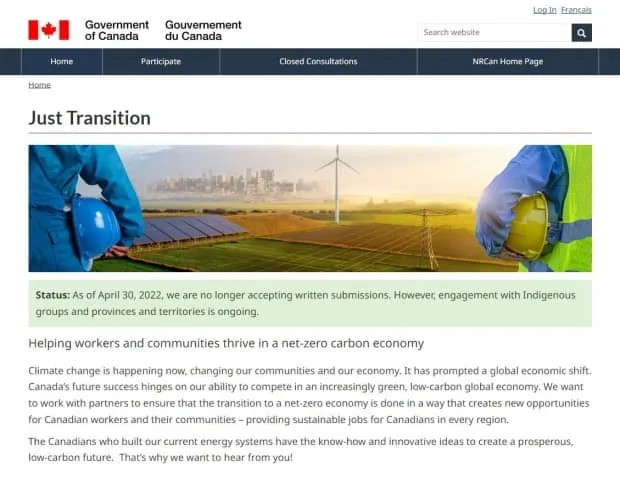Emma Woollacott -
Mon, January 9, 2023

Getting electricity to all of Indonesia's islands is challenging
Indonesia is a nation of more than 10,000 islands, so supplying the whole country with electricity is a huge challenge.
More than a million people are not connected to the electricity grid at all.
"Those people who don't have electricity are living on remote islands, so in this situation it's hard to connect a cable to them and it's hard to install other expensive solutions such as wind turbines," says Luofeng Huang, a lecturer in mechanical engineering at Cranfield University.
Solar power is one option to provide those islands with energy. It has become much cheaper in recent decades - the International Energy Agency (IEA) says that it is becoming the cheapest option for new electricity power plants.
But solar farms take up lots of space - space that might be better used for housing, farming and business.
So scientists and engineers are working on ways to install solar panels on the ocean surface, providing power to those living onshore nearby.
"Floating solar is very convenient because it can just be put on top of the water, and if you need more electricity you can put on more solar panels," says Mr Huang.
Floating solar is already in use at a number of sites around the world, but on lakes, rather than the sea.

SolarDuck puts solar panels on a raised platform to protect them
The reason is obvious: waves can easily swamp and damage solar panels.
But research and testing is under way to find ways of keeping solar panels intact and working in rough water.
Dutch-Norwegian company SolarDuck, for example, is working with German energy company RWE to build a floating solar plant at a North Sea wind farm.
The company says it will be the biggest offshore floating solar plant in the world, with the capacity to power a few hundred homes.
The solar panels will sit on platforms raised several metres above the ocean surface. The plant, due to be operational in 2026, will use the existing cabling for the wind farm to send electricity back to the shore.

Ocean Sun solar panels sit on a flexible floating pad
Meanwhile, Ocean Sun has developed a floating rig, where the solar panels rest on a base which flexes as the waves pass underneath.
"It has the effect that it dampens the waves, and it prevents the breaking of the waves," says founder and chief executive Borge Bjorneklett.
He says that, as the panels are lying completely flat, the forces acting on them are diminished. Being close to the seawater also cools down the cells, which improves their performance.
Both Ocean Sun and SolarDuck are looking at siting solar farms alongside wind turbines, which will smooth the flow of electricity when the wind is not blowing.
Mr Huang argues that both of these approaches have weaknesses. By lifting the panels above the surface of the sea, SolarDuck's system could be a more expensive solution.
"If you lift it, you need some very strong support, so it's just going to cost too much money," he says.
When offered a chance to respond to that, SolarDuck did not reply.
As for the Ocean Sun system, Mr Huang is not convinced that the approach will sufficiently protect the panels from wave damage.
Mr Bjorneklett concedes that his company's system may not be appropriate for the North Sea with its 30ft (9m) waves. But he says the system has survived category four typhoons during a test in a reservoir.
"We believe near-shore locations, with more benign sea states, are more attractive," he says.

Solar2Wave system
Mr Huang's team at Cranfield University is working on an alternative offshore solar plant, which he says will be robust and cheap.
With academic and commercial partners in Indonesia, they hope to have a demonstration system in the Indian Ocean in 12 months time.
Called Solar2Wave, it will have a floating breakwater upstream of the solar panels which, Mr Huang says, has the effect of reducing wave height by about 90%.
The reduced waves then travel through a buffer zone - a small enclosed area of water - which further reduces the wave power before it hits the solar panels themselves.
The key will be to keep the breakwater cheap: "Any damage will be in the breakwater part, which is cheap and very easy to replace and maintain," Mr Huang says.

Luofeng Huang says that engineers are competing to make an offshore solar system work
While the installation and maintenance costs of any ocean solar farm will be high, such farms will, in many cases, be the only way to supply renewable energy in some densely populated parts of the world.
"For instance, in Singapore the cost of land is very high and they have already utilised most of their rooftop surface area," says Mr Bjorneklett.
"If they can utilise the ocean surface outside Singapore, it is actually the only way to provide affordable renewable energy, and there is a similar situation in other large parts of South East Asia as well."
Solar farms could even be sited far out at sea where they could serve as refuelling points for electric ships.
There's definitely a lot of potential," says Cranfield's Luofeng Huang. "Everyone wants to solve this, so we are working quite hard and it's like a competition to see who can bring the first successful design."













.jpg)